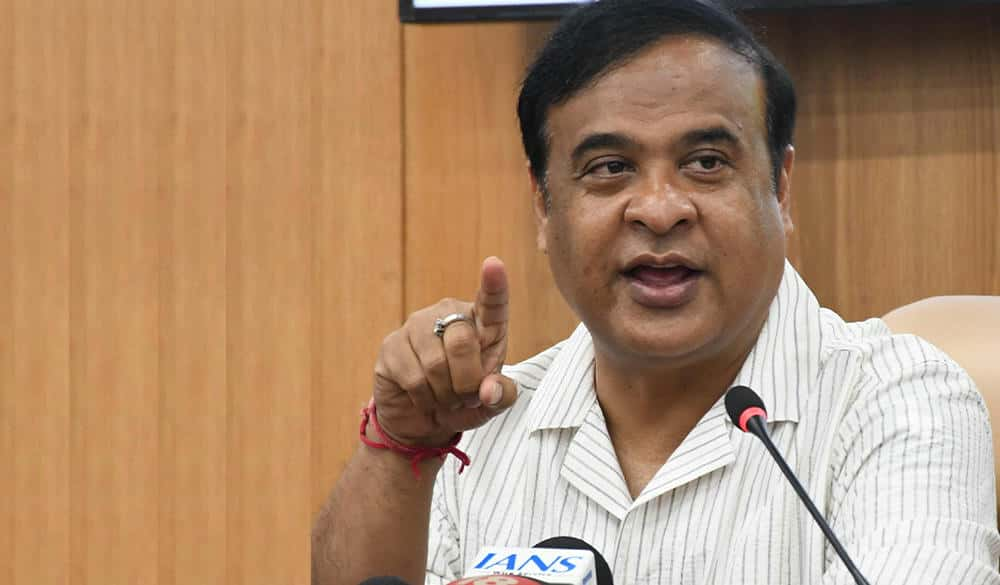Assam targets energy independence with new thermal power policy, eyes 5,000 MW by 2035

In a major step toward energy self-reliance, the Assam Cabinet has approved the Assam Thermal Power Generation Promotion Policy 2025, aiming to generate 5,000 MW of thermal power by 2035 and position the state as a regional power hub.
Announcing the policy on Tuesday, Chief Minister Himanta Biswa Sarma said it would drive private sector investment in thermal power generation, with the Assam Power Distribution Company Limited (APDCL) acting as the nodal agency. A dedicated single-window clearance system will be set up to streamline project approvals.
The state aims to add 2,000 MW by 2030, before scaling up to 5,000 MW over the next five years. “By 2030, Assam’s power requirement will touch 3,000 MW, and by 2035, it will hit 5,000 MW. Given the state’s limited hydropower capacity, thermal power is our only viable option,” Sarma said.
To incentivize investment, the policy offers free land, water supply, and improved road access to project developers. While power will be procured via tenders, the government retains the option to purchase up to 27% equity in private projects. A standard 1,800 MW plant is expected to cost around Rs 20,000 crore.
Potential sites have been identified in Rupsi, Dhubri, and Chapor, where each plant will require roughly 300 bighas of land. Sarma added that the surplus power could be supplied to neighbouring states and even exported to other countries.
The Cabinet also cleared two major subsidy packages for APDCL- Rs 300 crore in targeted subsidies for Jeevan Dhara and Domestic-A consumers for FY 2025–26.
Rs 200 crore as a general subsidy to offset the impact of a Re 1 per unit tariff waiver implemented in April.
Sarma indicated that a comprehensive tariff review is likely in November.
In another key infrastructure decision, the Cabinet approved a non-annual allocation of Rs 244 crore for acquiring land to upgrade the 220 KV grid substation at Sarusajai in Guwahati, part of broader efforts to modernize Assam’s electricity transmission network.





Leave a Reply